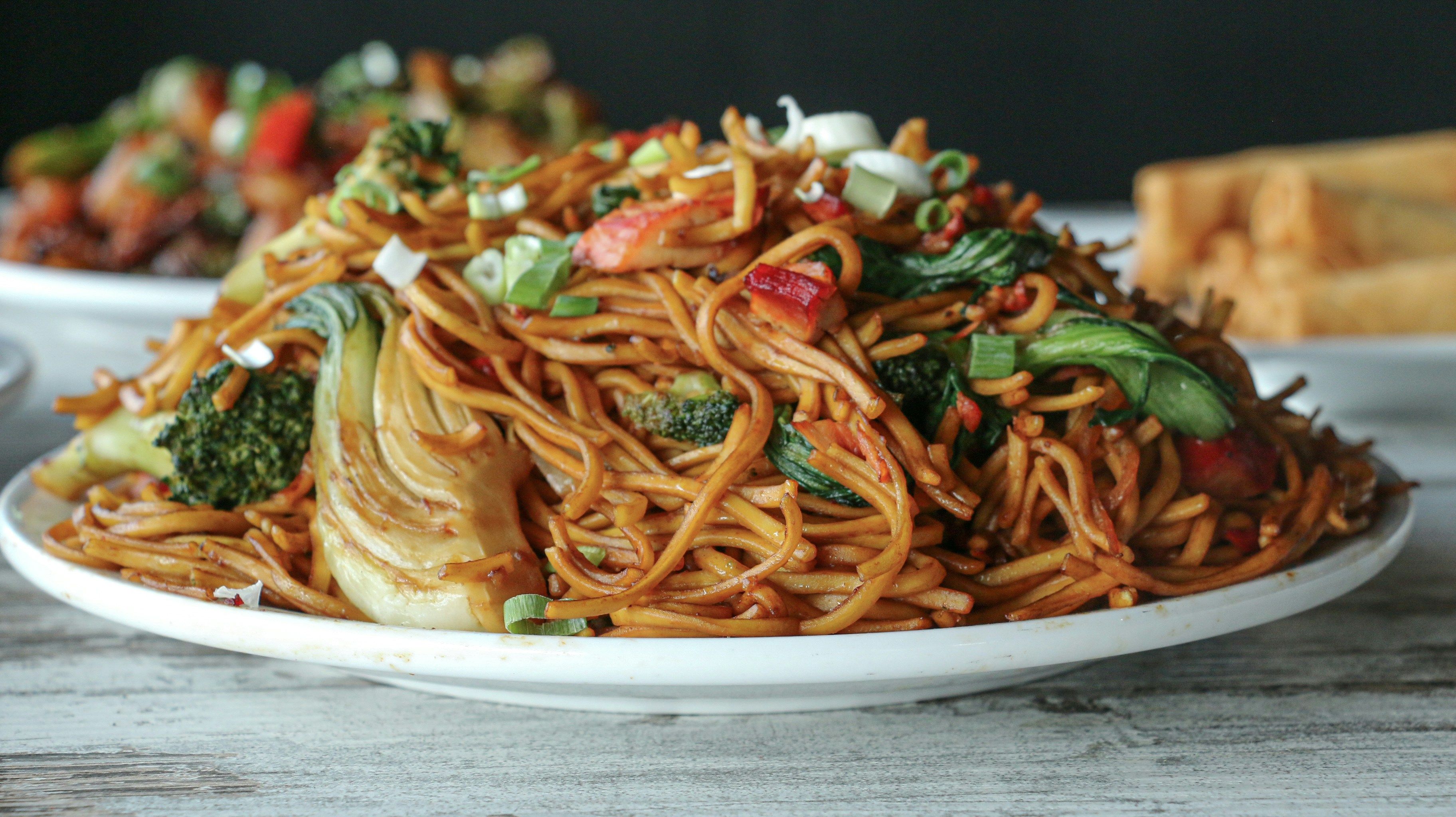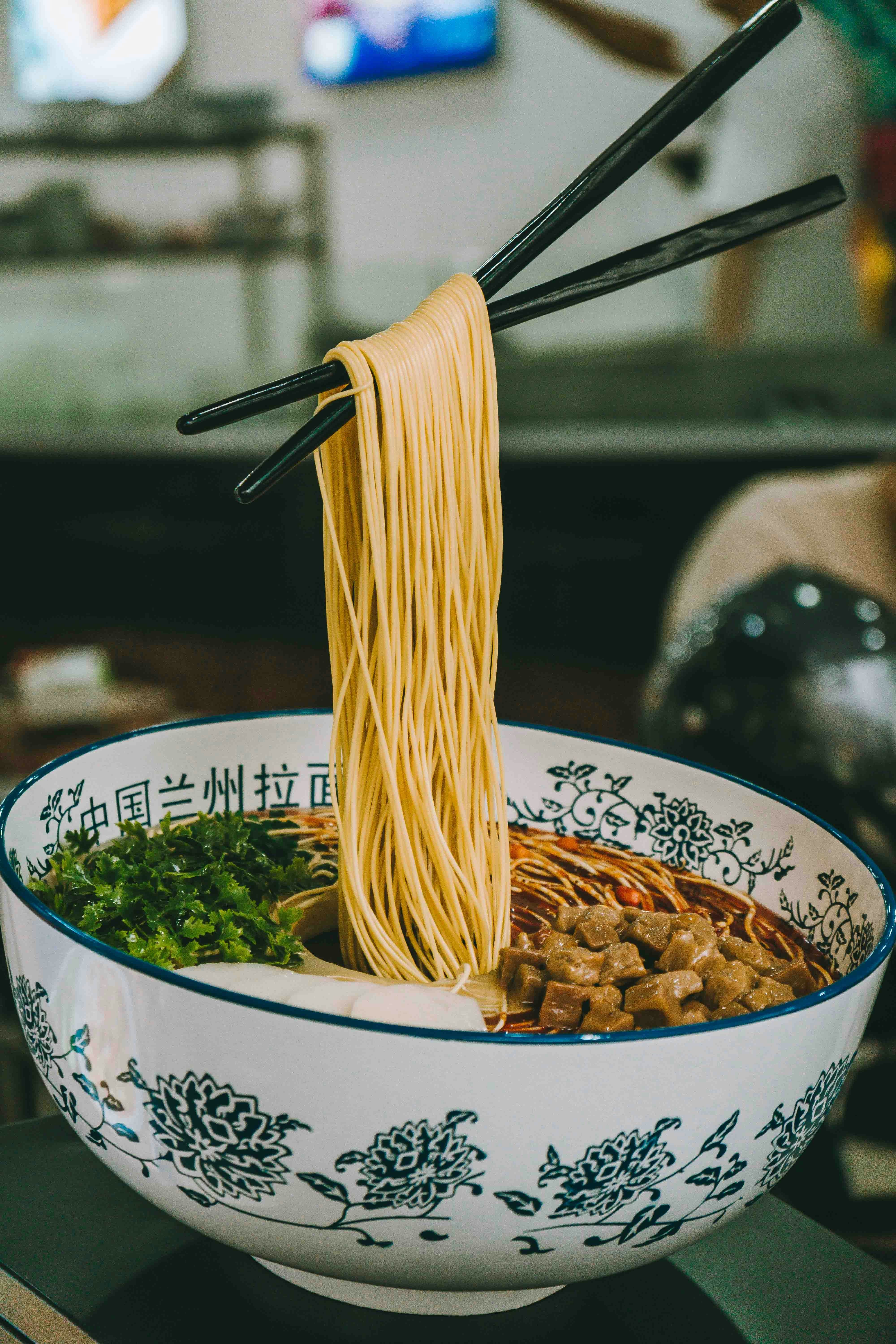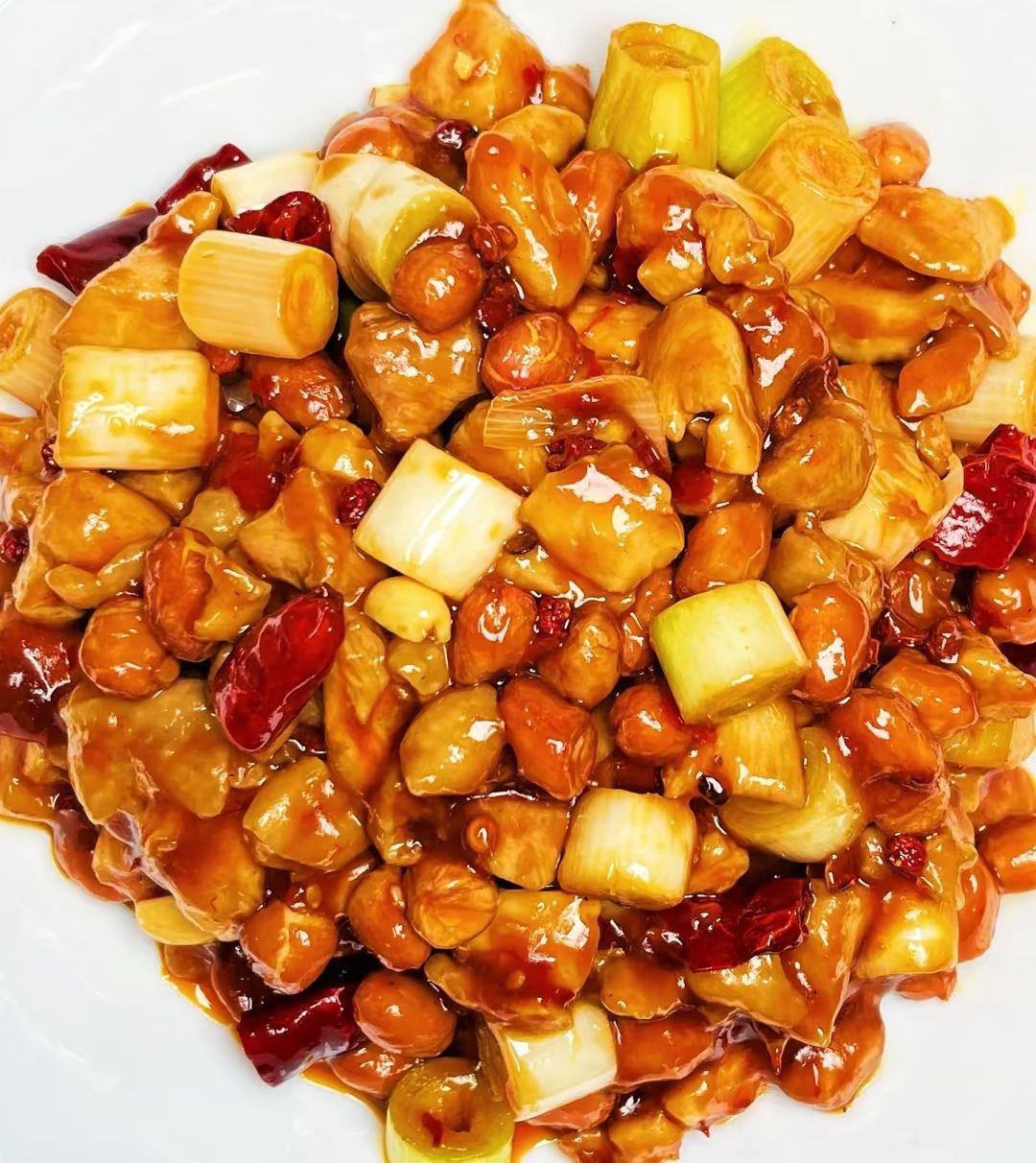Walk through any Chinatown, and you’ll find both Chow Mein and Lo Mein on almost every Chinese restaurant menu. Though they might seem like variations of “Chinese fried noodles,” they hold fascinating culinary secrets. Let’s unravel the mystery behind these two globally beloved noodle dishes!
1. What’s in a Name? Etymology Unlocks the Cooking Code
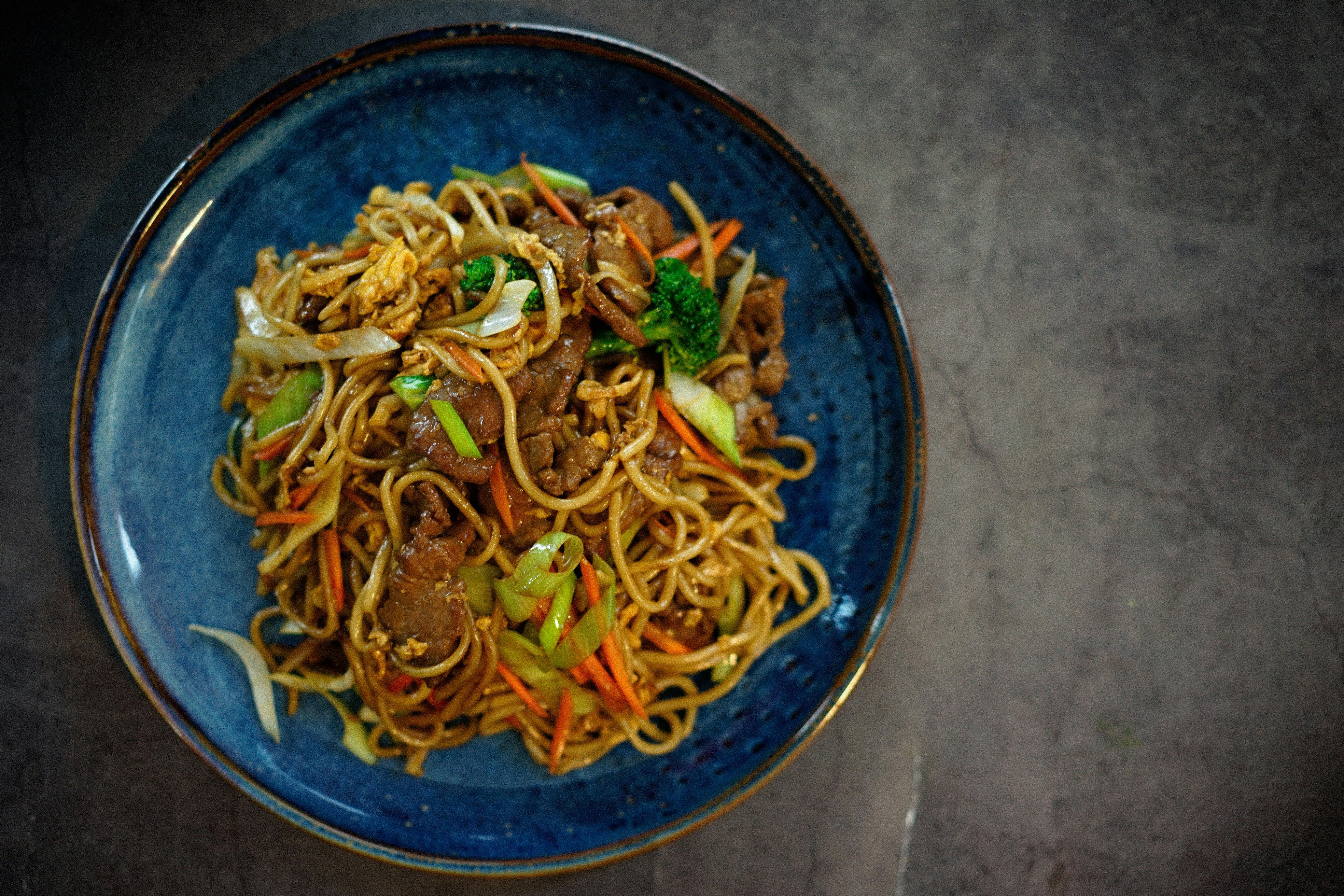
Chow Mein (炒面):
A direct Cantonese transliteration: “Chow” (炒) means “fried,” and “Mein” (面) means “noodles.” Its name boldly declares its cooking method—stir-fried. The term entered English dictionaries as early as 1898, making it one of America’s first adopted Chinese food words.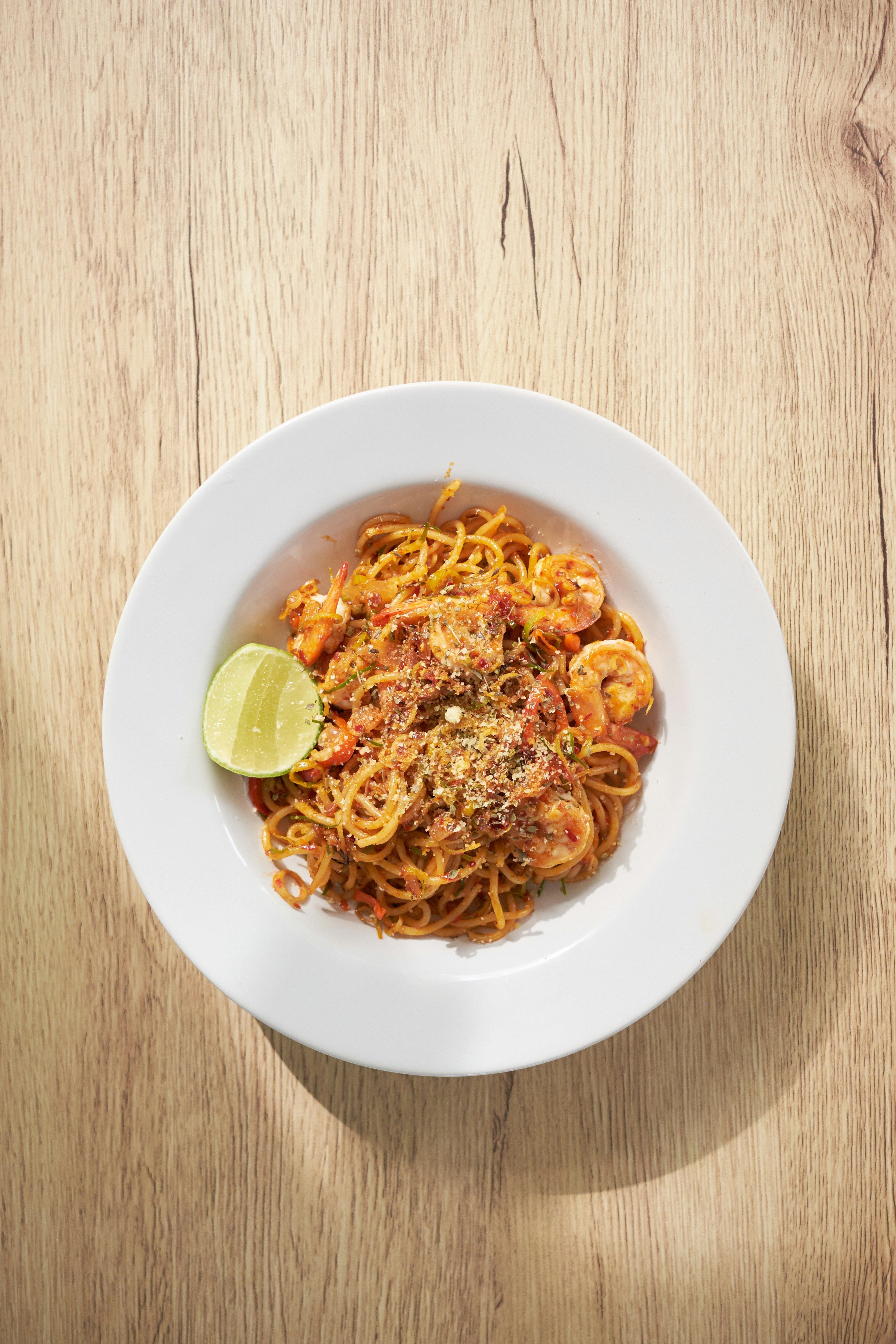
Lo Mein (捞面):
Also from Cantonese: “Lo” (捞) means “to toss” or “mix,” referring to noodles drained and tossed with sauce and toppings. Known in Chinese as “ban mian” (拌面), its roots trace back to the Song Dynasty (960–1279), mentioned in Dreams of Splendor of the Eastern Capital.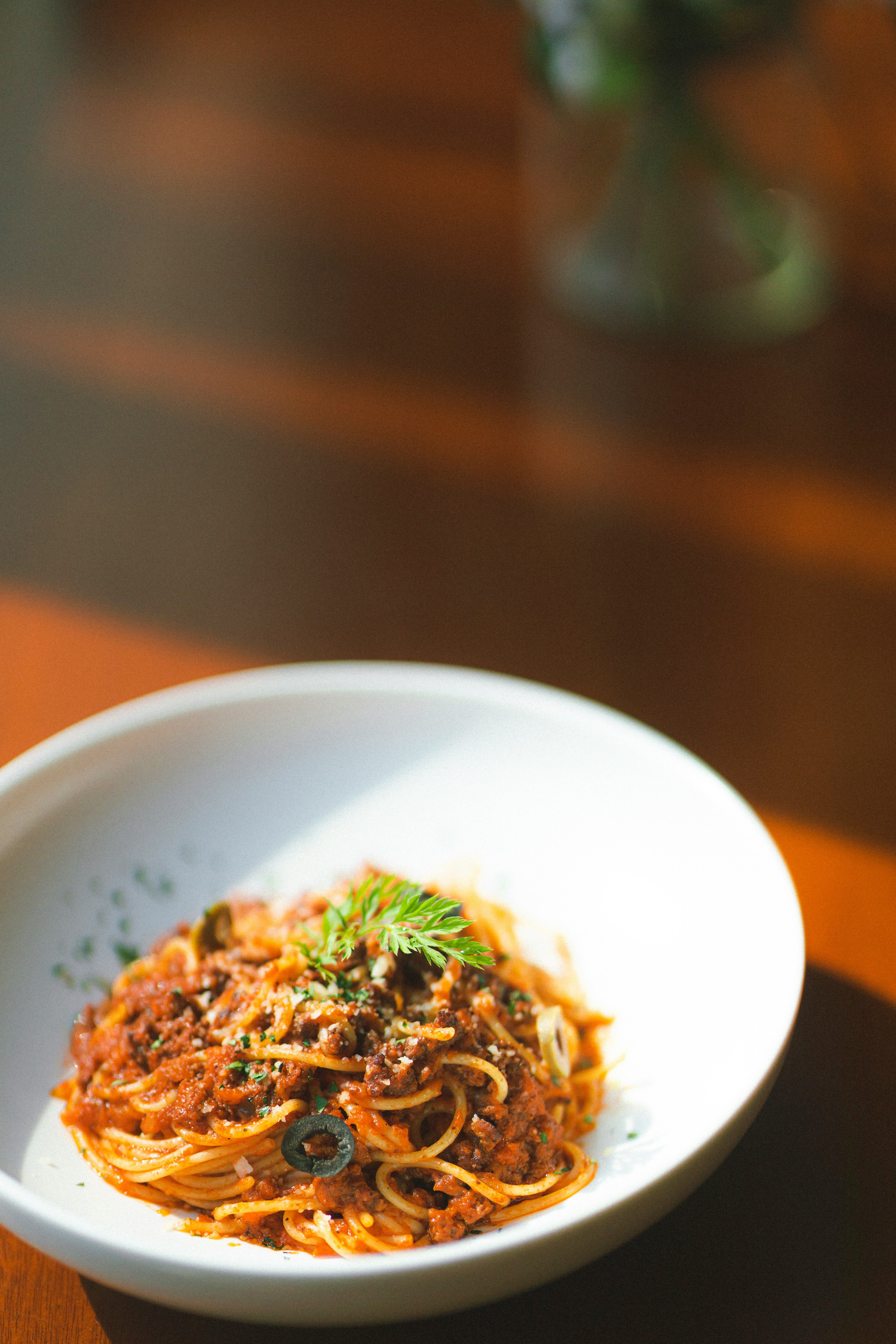
Fun fact: The word “chow” even became slang for “food” in English (e.g., “Let’s get some chow!”)—proof of Chinese cuisine’s subtle integration into Western culture!
2. Kitchen Showdown: Technique Defines Flavor
Both use wheat-egg noodles, but different methods create distinct textures:
| Key Points | Chow Mein | Lo Mein |
|---|---|---|
| Cooking Process | Boil → Drain → Stir-fry with ingredients | Boil → Drain → Toss with sauce |
| Core Technique | Emphasis on stir-frying & wok hei | Focus on tossing for even coating |
| Noodle Texture | Drier, crisp edges (U.S. style often crunchy) | Soft, springy, fully sauced |
| Sauce Style | Thin, fluid (prevents sogginess) | Thick (oyster sauce/cornstarch base) |
| Flavor Focus | Wok-charred aroma & ingredient freshness | Rich sauce absorbed by noodles |
Key Insights:
Why boil twice for Chow Mein?
First boil par-cooks noodles; second stir-fry in hot oil adds wok hei while keeping them chewy.Why thicker sauce for Lo Mein?
Sticky sauce clings to unheated noodles. Cornstarch thickens traditional oyster-sauce bases.Is crunchy Chow Mein authentic?
Ultra-crispy noodles are a U.S. adaptation! Traditional versions aim for tender-chewy with lightly charred edges.
3. Cultural Journey: A Bowl’s Global Voyage
Chinese food terms in English reflect cultural fusion:
Early Adoption (1900s):
Chow Mein entered via America’s West Coast. By the 1920s–30s, it symbolized “Chinese-American” cuisine.Naming Strategy:
Western menus use transliteration (e.g., Chow Mein, Lo Mein)—like Japanese Ramen or Italian Spaghetti. This honors authenticity while following the “direct = genuine” rule of language.Regional Footprints:
“Mein” (Cantonese) hints at early Guangdong immigrants. Hokkien terms like Char Kway Teow (stir-fried rice noodles) entered English via Southeast Asia.
Did you know? The Oxford Dictionary also lists “mien” (Wade-Giles romanization, 1890) and “mee” (Hokkien)—proof of Chinese noodles’ global reach!
4. Ordering Guide: Which One Should You Choose?
Still torn? Let your taste buds decide:
Pick Chow Mein if you:
❤️ Smoky wok hei, 💥
Prefer light, non-sticky noodles,
Crave classic “American-Chinese” flavor.Pick Lo Mein if you:
❤️ Saucy, slurpable satisfaction,
Love springy noodles drenched in rich sauce,
Want a taste of Southern Chinese home cooking.
Final Thoughts: A Noodle’s East-West Dialogue
From Guangzhou alleys to New York’s Chinatown, Chow Mein and Lo Mein celebrate Chinese noodles in uniquely delicious ways. Their names traveled untranslated; their recipes evolved locally—yet both carry the soul of “mian” (noodles). They’re vessels of diaspora nostalgia and bridges for global food lovers exploring China’s culinary legacy.
The best way to settle the debate? Taste both and let your palate map the noodles’ journey!
📍 Fun Fact: English has more Chinese noodle terms!
Chow Fun: Stir-fried rice noodles (Cantonese)
Mien: “Noodles” in Wade-Giles romanization (1890s)
Char Kway Teow: Hokkien for “stir-fried flat rice noodles” (now in Oxford dictionaries)
